Oxygen Concentrator Supplies Shop Articles
-
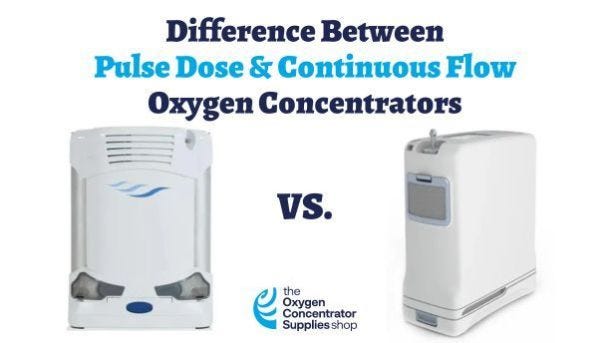 https://www.youtube.com/watch?v=PNDEYQdRH8o Patients with respiratory illness may require supplemental medical oxygen. When your physician writes a prescription, they will indicate the number of liters of oxygen delivered per minute (LPM) that you require. The LPM required will help determine whether a pulse dose or continuous flow oxygen concentrator best suits your needs. Here’s how the...
https://www.youtube.com/watch?v=PNDEYQdRH8o Patients with respiratory illness may require supplemental medical oxygen. When your physician writes a prescription, they will indicate the number of liters of oxygen delivered per minute (LPM) that you require. The LPM required will help determine whether a pulse dose or continuous flow oxygen concentrator best suits your needs. Here’s how the... -
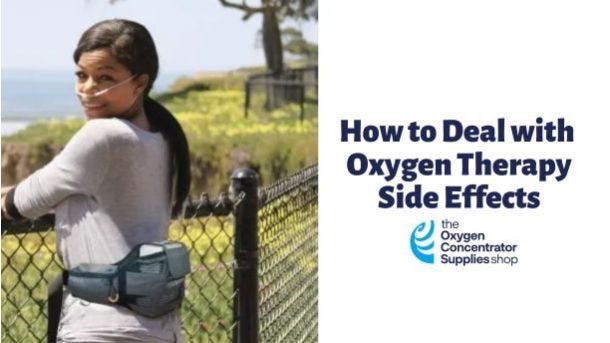
How to Deal with Oxygen Therapy Side Effects
While oxygen therapy provides helpful benefits to anyone with a respiratory illness such as COPD or asthma, there is always the risk of side effects. Knowing the best practices for oxygen therapy and following a few tips for prevention can help make your treatments safe and effective. What are Oxygen Therapy Side Effects? With regular use of an oxygen tank or oxygen concentrato... -
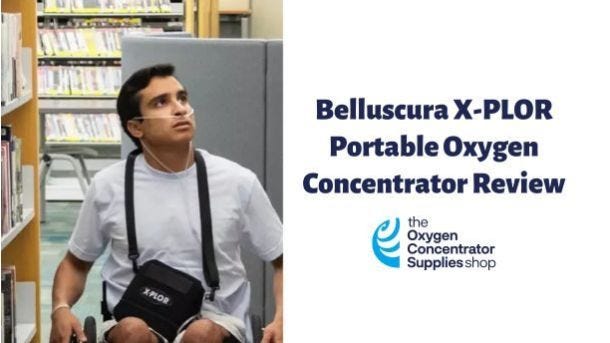
Belluscura X-PLOR Portable Oxygen Concentrator Review
The Belluscura X-PLOR Portable Oxygen Concentrator is a lightweight and compact portable oxygen concentrator designed with ModulAir® and Airgonomical™ technology, ideal for oxygen therapy patients who want to replace their heavy oxygen units with something smaller but just as effective. This device includes a user-friendly interface to change/see settings easily, high oxygen outputs, and a rechargeable battery all at an affordable cost. With this portable oxygen concentrator, users will feel ready and able to participate in all the activities life has to offer.
-
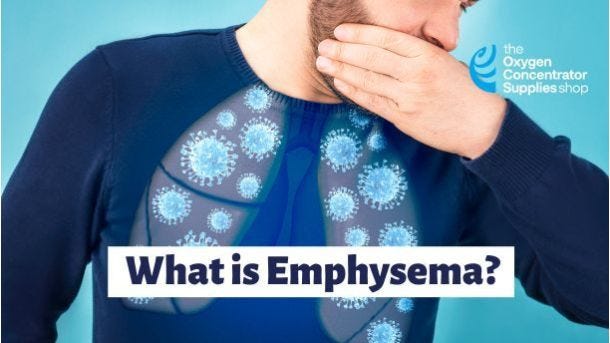
What is Emphysema?
Emphysema is a chronic respiratory and lung condition that affects roughly 3 million Americans. It is one of the respiratory conditions classified as COPD and is most common among men between the ages of 50 and 70. While it is a progressive illness without a cure, it is entirely preventable. Understanding the cause, stages and treatment of emphysema gives anyone with a diagnosis the best i... -
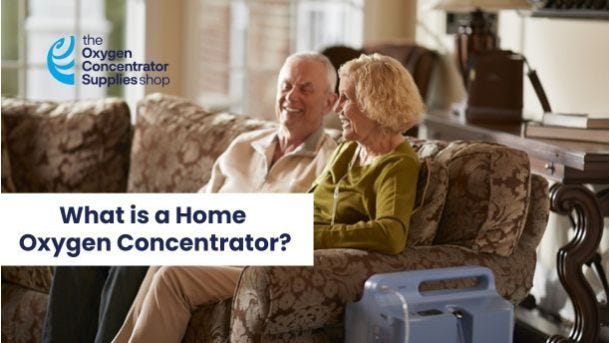
What is a Home Oxygen Concentrator?
During a typical day, the average person breathes nearly 25,000 times1 without thinking much about it. But, not everyone is breathing easy. For those suffering from respiratory ailments that require a regular supply of supplemental oxygen, each breath matters. A home oxygen concentrator (HOC) is the preferred solution for delivering that necessary flow of oxygen in the comfort of your own home... -
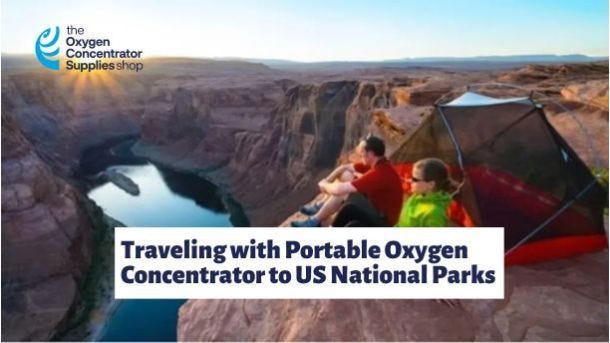
Traveling with Portable Oxygen Concentrator to US National Parks
As the country begins to ease travel restrictions, folks are planning trips and vacations again. For patients who rely on portable oxygen therapy, this means ensuring proper travel preparations are made. For example, folks visiting US National Parks should consider a few things: elevation, available power sources, and operating temperature. Here is our list of things to consider when trave... -
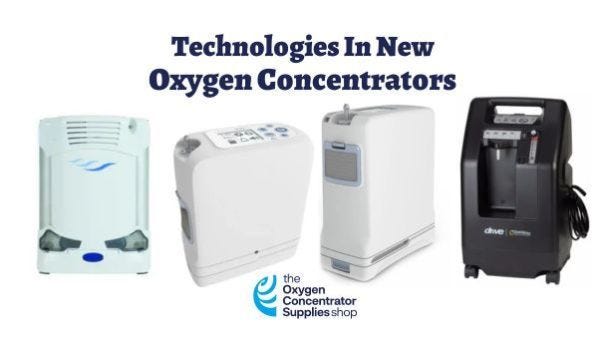
An Overview of Latest Technologies in New Oxygen Concentrators
When patients with respiratory illness need assistance breathing, oxygen concentrators are often the solution. They allow patients to manage their respiratory care at home, and on the go with portable oxygen concentrators.
-
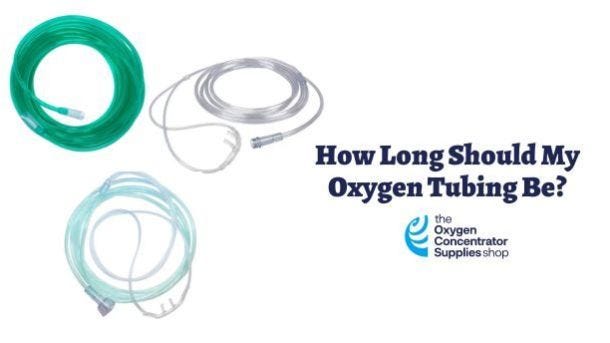
Does The Length Of Oxygen Tubing Matter?
Longer oxygen tubing may affect your oxygen concentrator’s performance. Factors such as the type of oxygen concentrator you are using and the type of air flow impact whether a shorter tube may be necessary. Effect of Tubing on Pulse Dose Machines Pulse dose oxygen concentrators deliver oxygen only when they detect an inhale from the user. Longer oxygen tubing means that your ox... -
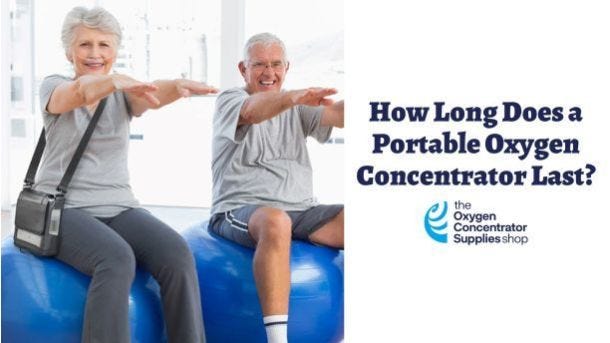
How Long Does a Portable Oxygen Concentrator Last?
When you require a reliable supply of oxygen while away from home, you need a dependable portable oxygen concentrator. Fortunately, most portable oxygen concentrators offer long-lasting batteries for hours of oxygen delivery. If you’re planning a long road trip or are traveling internationally, here are some tips for selecting a portable oxygen concentrator that provides battery endurance duri... -
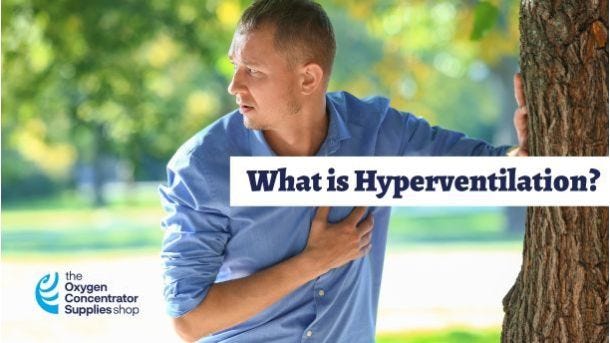
What Is Hyperventilation? - Explained
To understand hyperventilation, you need to understand how the respiratory system works. The networks of tissues and organs that make up the respiratory system ensure oxygen delivery throughout the body and waste gases such as carbon dioxide are removed.
-
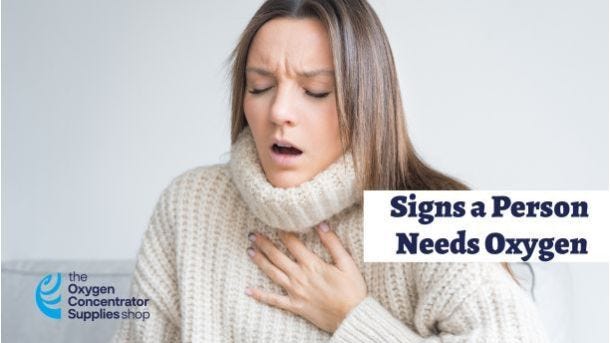
What are the Signs that a Person Needs Oxygen?
Most healthy people take oxygen for granted. Unfortunately, breathing easily and without assistance is not a privilege everyone enjoys. More than 1.5 million adults suffering from respiratory disorders in the United States use supplemental oxygen as a means to improve their quality of life.1 Others don’t realize that they could benefit from oxygen therapy. So what are the signs that a... -
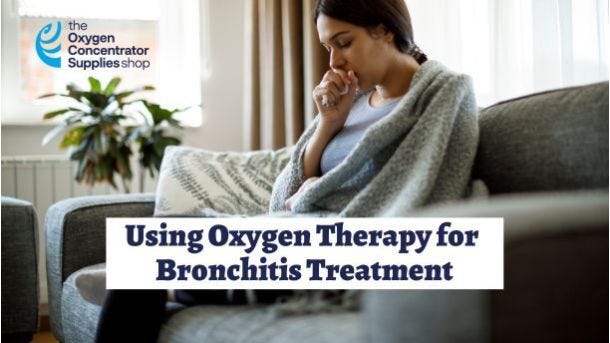
Using Oxygen Therapy for Bronchitis Treatment
Bronchitis is one of many respiratory illnesses that may be treated with oxygen therapy. Oxygen therapy helps lung function when breathing is compromised by illnesses such as bronchitis. A doctor may prescribe oxygen therapy as a short-term treatment to help with symptoms. What Is Bronchitis? Bronchitis is an inflammation of the lining of the bronchial tubes, which carry air to and f...


